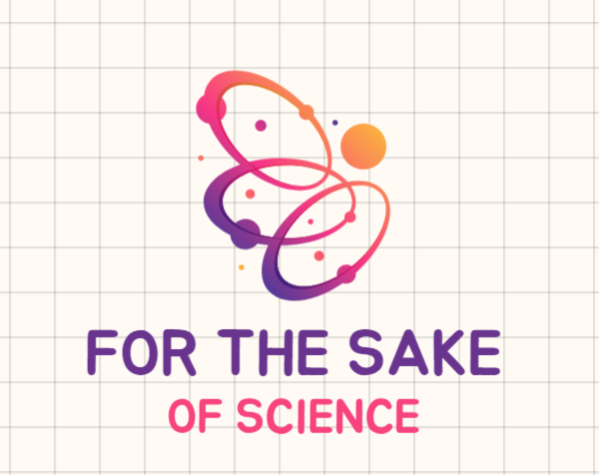
The transformative ‘Middle Years’
Dr Lisa Mundy, of the Murdoch Children Research Institute, writes that we need to better understand a child’s middle years – between ages 8 and 12 – in order to make these years transformative for our children.
She comments that “The middle years – which is from age 8 until 12 or 14 – have been described as a ‘developmental switch point’ and a sensitive phase because it’s such a transformative phase of life with heightened sensitivity to the environment”, which means this makes it a great point to intervene – to set and reset developmental trajectories.
Dr Dan Siegel completed his postgraduate medical education at the University of California with training in pediatrics and child, adolescent and adult psychiatry. In his writing, he writes about the teenage brain and why certain things occur during the teenage years. One of the things that he mentions is that during the early years, children’s brains are absorbing as much information as they can. Then, when they get to the middle or teenage years, their brains start a ‘pruning’ process,
whereby the brain gets rid of ‘unnecessary’ and weak connections that it has established during theearly years, and starts to strengthen other connections. So, if a child has been exposed to trauma, significant stress, and lack of coping strategies, the brain will actually start to strengthen that fear response, resulting in lots of ‘misfiring’ and misperception of real versus imagined threat. Hence, lots of mental health issues emerge in adolescence, but are well and truly developing in the early years.
This could also explain why parents sometimes say: “I don’t know what has happened to my child, they were never like this when they were younger”.
Dr Mundy says that the brain “undergoes a rapid period of reorganisation during the years leading into adolescence. Another huge change is the transition to secondary school. This brings a profound shift in a child’s learning environment, their engagement with peers, teachers and families. It is also a time of life when relationships with peers change and become much more important”
She points out the need to better understand these years as children experience them.We also need to better understand the best points for the prevention of problems and intervention if they occur. The opportunities for prevention and mental health promotion may be greater during the middle years than at any other point in life, given that this is such a transformative phase.
Interestingly, she points out that half of all mental health problems emerge by 14-years-old. But the symptoms are forming well before then. Somewhat frighteningly, around 20 per cent of children across Years Three to Five have persistent emotional problems, not necessarily a diagnosed disorder but elevated symptoms ofemotional problems like worry, anxiety and feeling low.
Anxiety is part of our survival instinct. When we’re faced with a threatening situation, our brains and bodies respond by kicking into safety mode. Our adrenalin starts pumping, helping us get ready to escape the danger. However, some people, including children, react more quickly or intensely to situations they find threatening, or find it harder to get their anxious feelings under control. Some children also perceive the world to be scarier or more dangerous than others.
Most children learn to cope with different fears and worries.
However, they may need some extra support when:
- they feel anxious more than other children of a similar age
- anxiety stops them participating in activities at school or socially
- anxiety interferes with their ability to do things that other children their age can do
- their fears and worries seem out of proportion to the issues in their life.
If parents are concerned that their child might need some support with worry and/or anxiety that seems out-of-the-normal for that child, please contact the School, who will put you in contact with an appropriate adult who is trained to manage such concerns.
Read more here:
https://healthyfamilies.beyondblue.org.au/age-6-12/mental-health-conditions-in-children/anxiety






